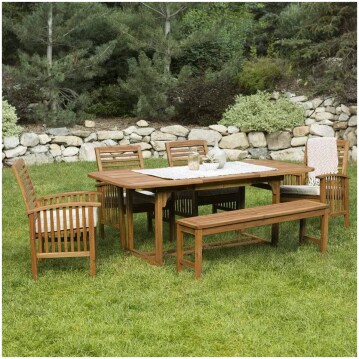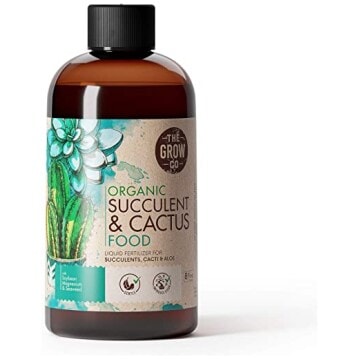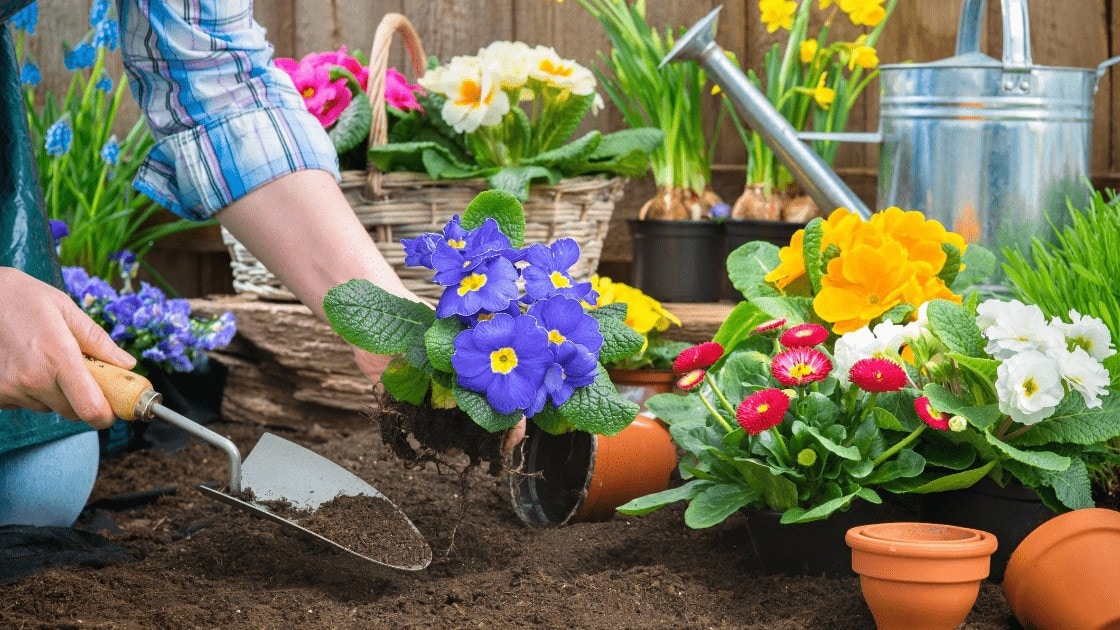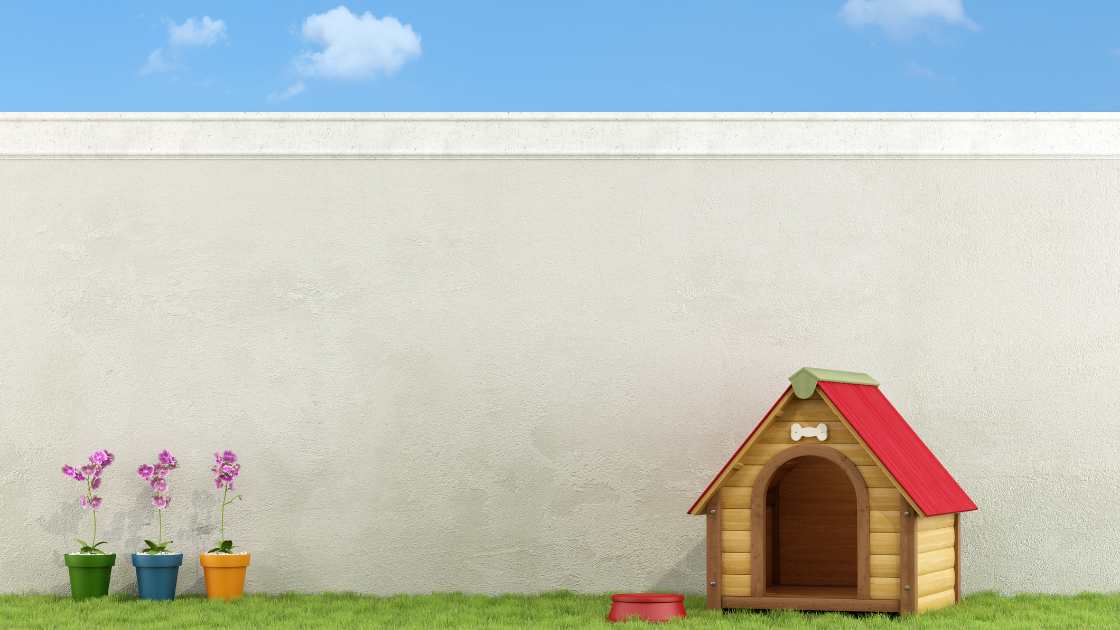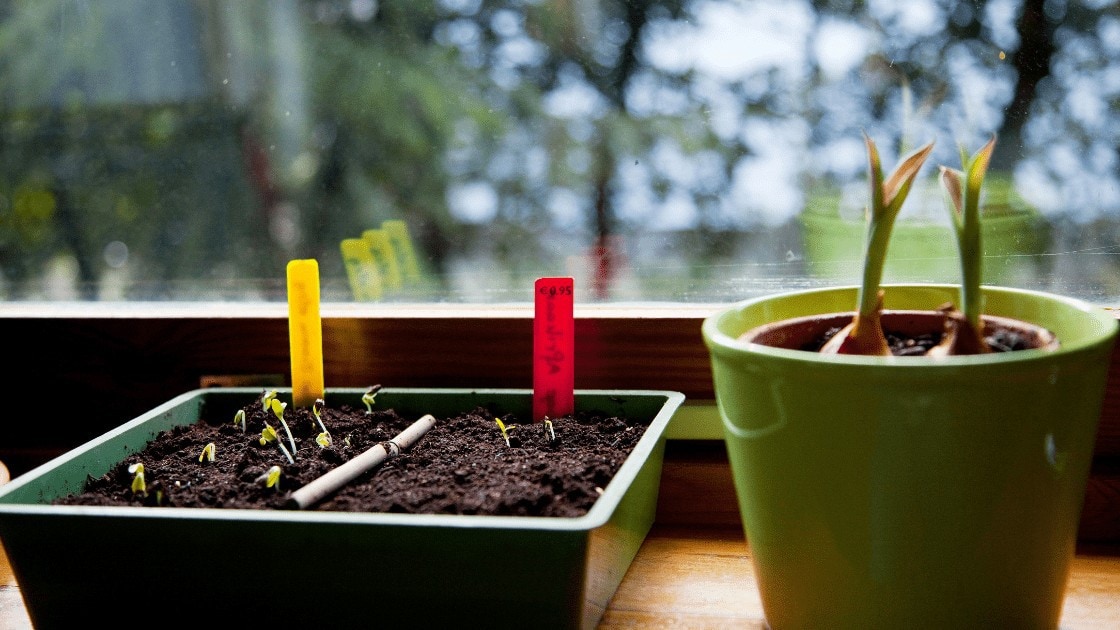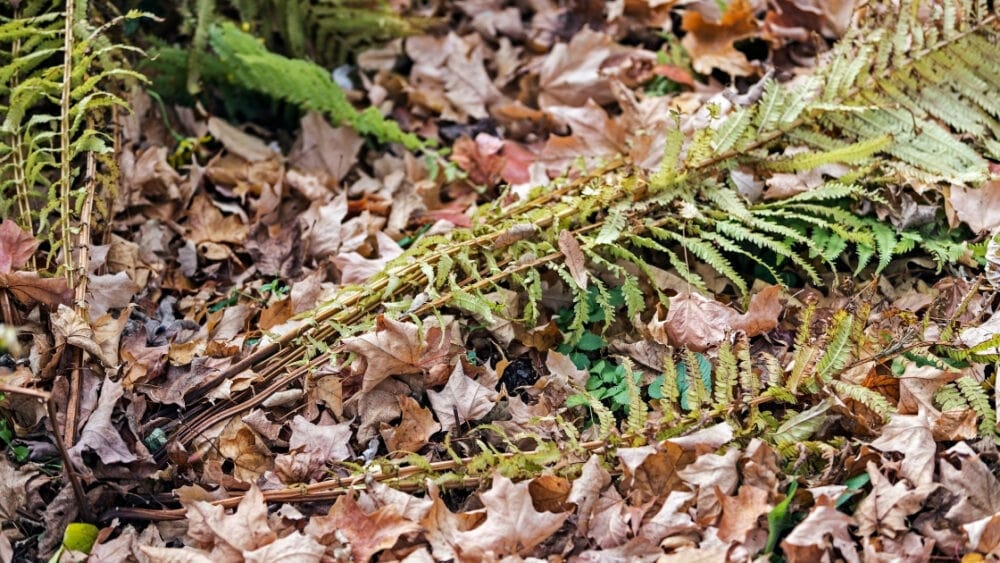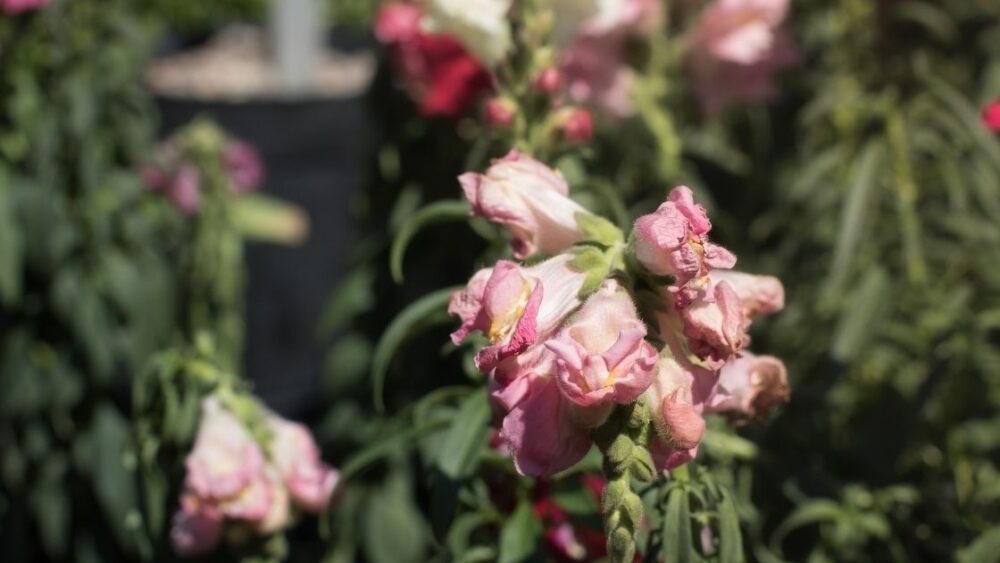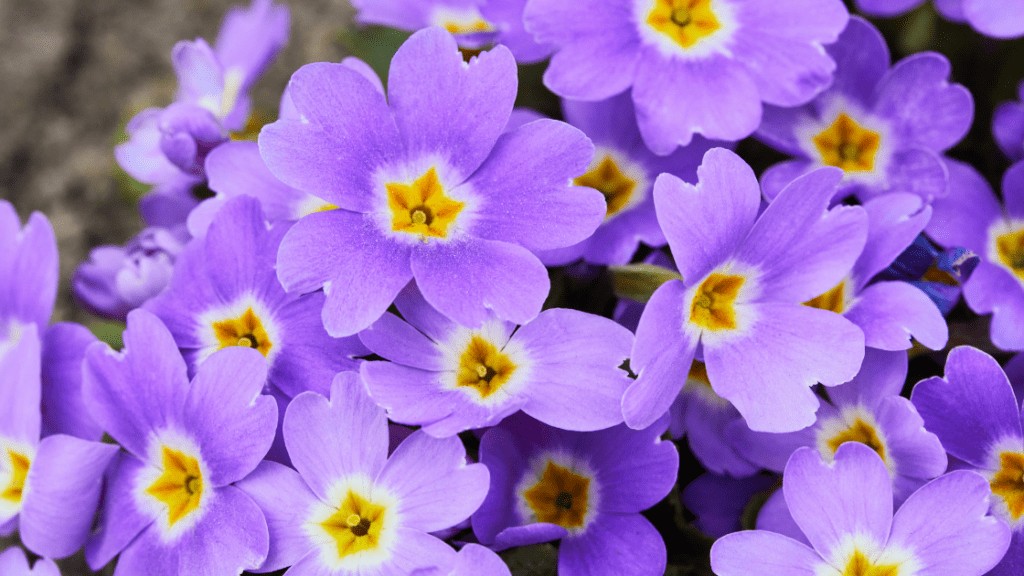
Primroses (Primula vulgaris) are beautiful, low-growing plants that produce a large number of medium-sized, colorful flowers. Their blooming starts around late winter or early spring and in suitable climates can extend throughout the summer months.
These perennials are very easy to grow, don’t require special care and their flowers last a very long time – up to two months. For those reasons, primroses are one of the most commonly grown ornamental garden plants. In this article, we’ll explore how to plant primroses, how to take care and how to propagate. We’ll also take a brief look at the most common subspecies and varieties.
Description, Natural Habitat and Growing Habits
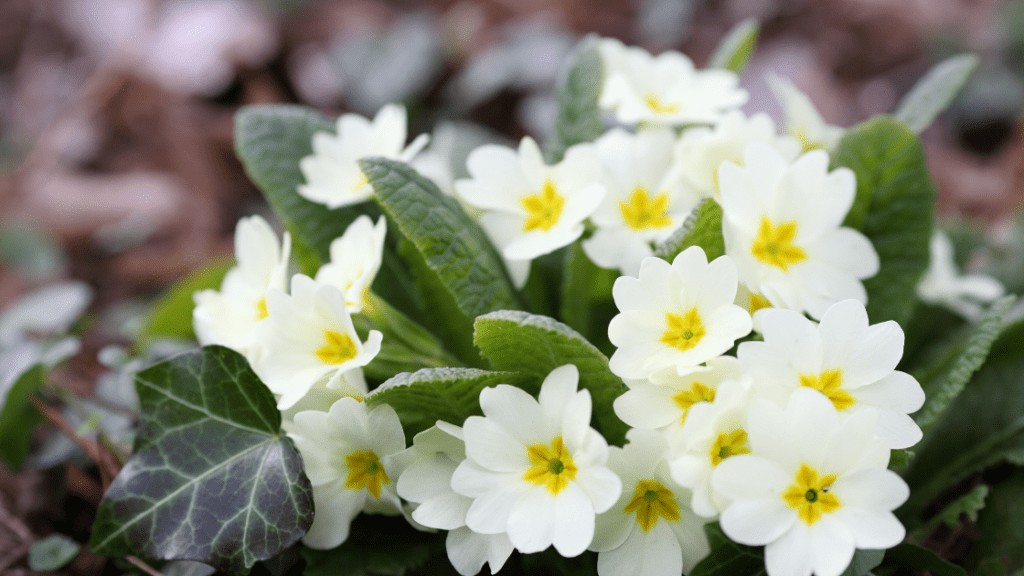
Primroses, also known as primulas, are one of the most wide-spread flowering plants throughout the world – they are native to most of Europe, but are also found in Asia and Africa. In the wild, they grow in damp open fields, as well as in sparse forests, usually near rivers or other natural water sources.
Browse our Affiliate Products
They are very resilient and can quickly spread over a large area. The common primrose is not to be confused with the evening primrose, which is in a different botanical family and looks very different.
Primroses usually produce pale yellow flowers, but deep purple flowering varieties are very common as well. Primrose seed packs usually contain mixed, random color varieties. The common primrose, frequently encountered in the wild throughout Europe (Primula vulgaris, subsp. vulgaris) has pale, wrinkled green leaves and yellow or purple flowers. It’s one of the 3 common subspecies of primrose, the other two being balearica and sibthorpii.
All parts of the plant are edible – a fact that is not commonly known to most gardeners. The leaves have a taste similar to lettuce, but can be slightly bitter. In the past, the flowers of the common primrose have been collected and used to make tea and herbal wine.
Still, because primroses are almost always grown as ornamental plants and because many cross-bred varieties exist, it’s not recommended that you consume them. They can be an excellent source of pollen for bees.
Ideal Growing Conditions For Primroses
Primroses are not demanding and once planted in a location with a suitable weather (USDA zones 4-8) will start spreading on their own, covering most of the available soil area in a year or two.
Their foliage is typically evergreen, but even if it gets damaged by frost, new growth will emerge during the spring.
To see the specific USDA zone you reside in, or want to find something to similar to your region click the link below.
Sunlight
In their natural habitat, primroses prefer partial shade and usually grow in damp tree forests. Planted in gardens however, they usually tolerate full sun, provided that they are used to it – mature plants, purchased from a nursery will typically wilt when exposed to full sunlight, especially after being transplanted.
It takes a few weeks for the transplanted plants to develop their root structure in order to meet the increased water demand of the foliage. Still, primroses thrive best in a shaded area as it most closely mimics their natural habitat.
If one needs artificial shading, check out our shade vs blinds article below.
Temperature
Primroses are very hardy, but this is only true for plants that have been acclimated to harsh weather conditions – plants brought home from a nursery will not do well if they are exposed to extreme freezing temperatures right away.
Primroses are hardy down to USDA zone 4 or even 3. USDA zones 4 through 8 are most suitable for them. They are used to the high humidity of a forest, so the very warm and dry summers of USDA zones above 8 may kill them, especially if they are planted in a soil that lacks perlite and doesn’t hold on to a lot of moisture.
Soil & Fertilization
Primroses like rich soils, high in compost. Regular potting soils usually contain a lot of compost, some perlite and have a slightly acidic pH, making them ideal for planting. Primroses benefit from regular fertilization with a balanced fertilizer, high in nitrogen and phosphorus.
However, don’t use any fertilizer if the soil is still new and fresh – new soil contains enough nutrients to sustain vigorous growth and flowering for at least the first year.
If your interested in learning more about soils, check out our article below.
Watering
Primroses like a soil that is constantly damp. This is usually not a problem, because they tend to produce a lot of dividing foliage which quickly covers most of the soil and prevents evaporation.
For new plants that have been planted sparsely, it’s a good idea to provide a mulch layer on top of the soil, which will slow down evaporation. This again mimics the natural habitat of primroses, which is forest soils covered in a layer of dead leaves and other organic matter.
Pests And Diseases to Watch Out For
Just like most low-growing garden plants, primroses can be vulnerable to slugs, snails and spider mites. Slugs can be kept away by using slug bait or special foil barriers. Spider mites can usually be killed by spraying the plants with soapy water.
Poorly-draining soils combined with high temperatures may cause some root rot problems or fungal diseases, but those problems don’t usually affect a large area and can be dealt with by simply getting rid of the affected plants.
Where & How To Plant Primroses
Primroses are low-growing plants that have a very shallow root structure – this means that they can be planted anywhere, including very shallow raised beds or any type of potting container.
Make sure that the area doesn’t receive constant direct sunlight and that the soil can be kept damp are the only requirements.
If your interested in what type of pot to but click here to read out article. outdoorgardenaccessories.com/what-is-the-perfect-pot-for-my-plants/
Propagation & Seed Germination
Primroses are easily propagated by division, or can be grown from seeds. They are also one of few plants which can be successfully propagated via leaf cuttings. This makes it extremely easy to cover a large area of your garden with primroses, without having to purchase many individual plants.
Division
This is the most common way of propagating primroses. Once a plant is taken out of the soil, it can be easily divided into segments as small as a single leaf. Each segment, once planted will develop into a mature plant.
Division is usually performed during the spring, when the plant starts developing new shoots.
Seeds
Seeds are convenient, because one seed packet can be enough to populate a whole garden with primroses. Most commonly, seed packs contain a random mix of colors. The process of seed germination is identical to most other plants – the seeds are sprinkled on top of the soil and are lightly covered with a thin layer.
Primrose seeds are usually sown directly in their intended growing location – planting them in pots and then transplanting them is not usually necessary, unless you want to germinate your seeds during the winter.
If your interested in seeds, amazon offers some excellent packs on a variety of colors.
Leaf Cutting
Only a few plants can be successfully propagated by single leaf cuttings and primroses are one of them. This type of propagation is not only very efficient, but it can also be very interesting and exciting for gardeners.
A single leaf can be divided into as many as 8 segments, each one eventually developing into a mature plant. Leaf cuttings can be a challenge to root and this is the most difficult propagation method out of the three. The process involves partially burying a whole leaf, or a section of a leaf in some potting soil and covering it with a humidity dome.
In addition, leaf cuttings can take 2-3 weeks to develop roots and the process is best done in a small indoor tray with a humidity dome, under artificial lighting.
What Are The Best Companion Plants for Primroses?
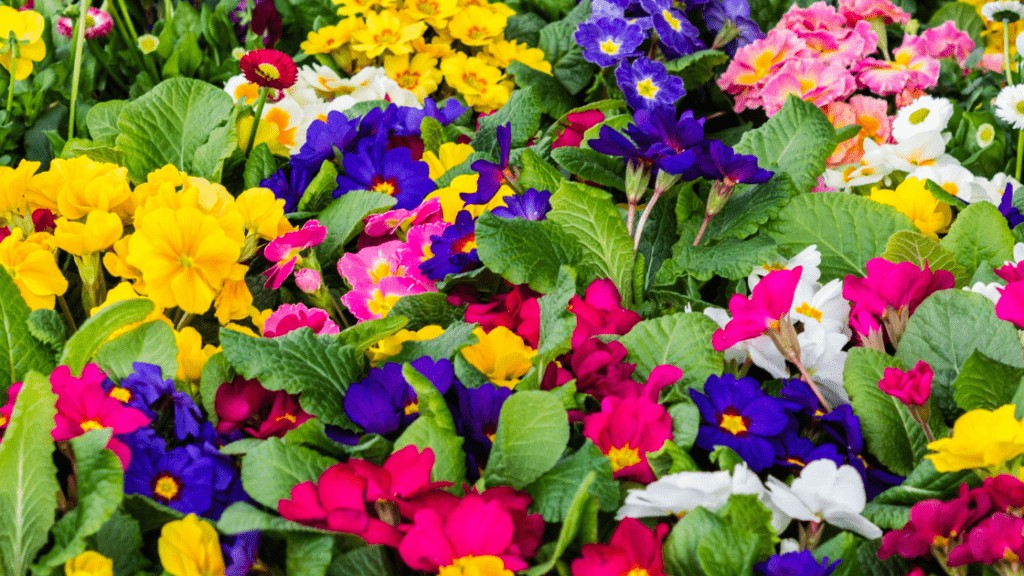
Because of their thick foliage, covered in flowers, primroses are best combined with taller plants that produce only a few, large flowers. Not only is this visually-pleasing, but it’s also practical – the taller plants won’t get suffocated by the fast-spreading foliage of the primrose and their deeper-reaching roots will be able to extract their own nutrients.
Good companion plants for primroses include tulips, marigolds and virtually all other sparse-growing flowering plants. However, primroses can be successfully combined with other low-growing plants like pansies and violas, provided that you keep the garden bed tidy and make sure that the primroses don’t spread too much.
When Do Primroses Normally Bloom?

The common primrose starts blooming in late winter or in early spring. The flowers last a long time – up to seven weeks. Primroses may start flowering during late winter and depending on your local climate, their flowering may extend throughout the summer. This usually happens in cooler zones, as the flowers don’t tolerate dry heat or full sun.
Different Varieties and Colors
The common primrose, also known as primula, contains only three, very similar-looking subspecies – one found throughout Europe, one in the Balearic islands and one in Asia.
Different varieties of the same species have different crown colors and seed packs usually contain a random mixture of plants producing yellow, red, purple or nuanced flowers. Propagating a primrose through cutting or through division will preserve the genetics of the mother plant, including the color of the flowers.
The primula genus contains more than a hundred different species, all sometimes referred to as primroses. Different species of primula have very different shapes and colors, and some of them, like Primula Denticulata look nothing like the common primrose.
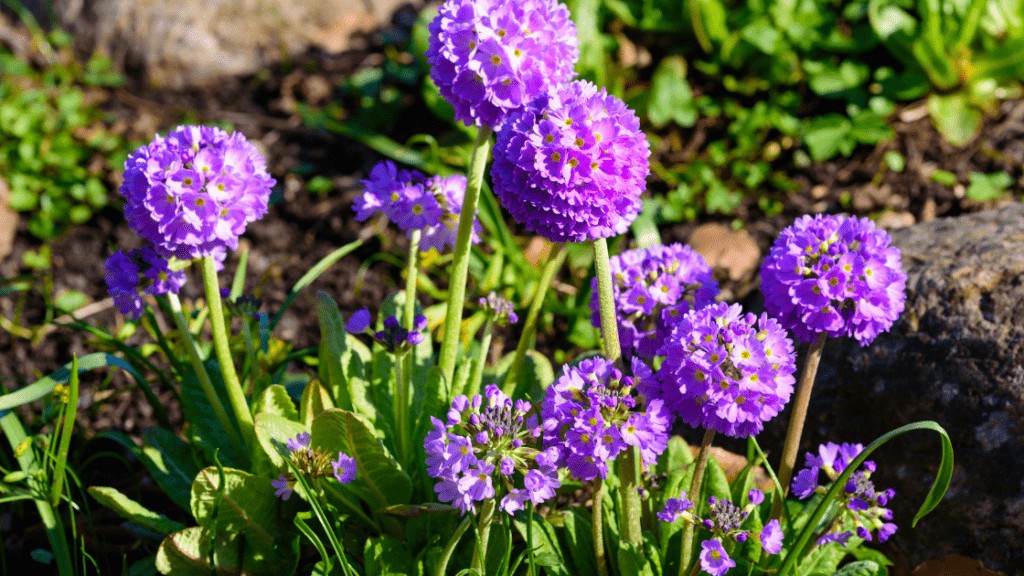
However, most primula species still have similar-looking leaves and flowers. Most of the ornamental primulas belong to the polyanthus group, which is largely an artificially-bred group of primroses, many with very interesting flowers.

Primula zebra blue for example, has large flowers with blue stripes. Unlike the common primrose which has a very plain look to it, those specially-bred varieties have a very exquisite and ‘rare’ look. They aren’t more difficult to grow and take care of and still have the same growth requirements as the common primroses.
Final Thoughts
Primroses are an excellent choice for all gardens – they are very easy to grow, spread on their own and flower beautifully throughout the spring. Countless different colors and varieties exist and the plant is easily combined with most other low-growing garden plants. Providing primroses with a damp soil, a partial shade an an occasional fertilization is all that is required to keep them happy and flowering profusely!

